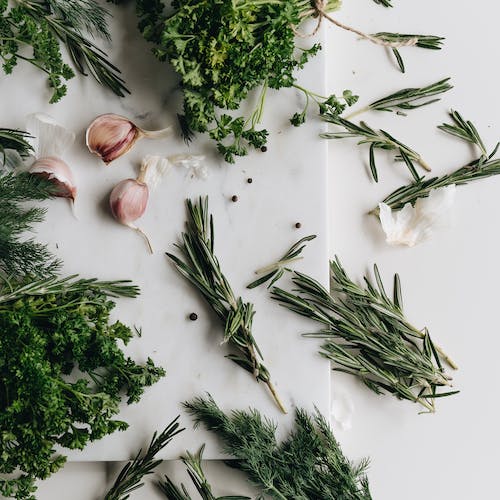Borganoryx had introduced the series #KNOW YOURS HERBS which seeks to educate our community about the thrilling uses of our herbs, how they are beautiful designed, their chemical composition, their ethnomedicinal uses, pharmacological studies on them and their properties. This series would be broadcasted every week on all our social media handles and website. In this episode we introduce to you Alchornea Cordifolia from the Euphorbiaceae family.
Description
Alchornea cordifolia is the botanical name for this plant or herb. The common name is Christmas Bush Tree. African names in Twi(Ghana) is ogyama, Hausa is bambami and Igbo as ububo. Alchornea is pan-tropical and encompasses about 50 species of which about 6 of its species occur in tropical Africa. It is an evergreen multistemmed shrub or small tree. Alchornea leaves are simple, broadly ovate, cordate, with a drawn-out apex and heart-shaped base which is 15–28 cm long and 8–16 cm broad. The margins are slightly dentate and wavy. They are sparsely hairy on the lower surface with glands in axils of basal nerves. Its stalks range from 5 to 14 cm long. The plant produces small, greenish-white flowers, often dioecious, borne on common stalks in the axils of the leaves, with the individual flowers sometimes having no stalk. The fruits are greenish gray in color, two celled, and usually split to expose red seeds when they are ripe. It could easily be found in Ghana, Cameroon, Nigeria, Angola, Tanzania, Zimbabwe and Senegal.

Chemical Composition
The leaves, roots and stem bark contain saponins, terpenoids, flavonoids, steroid glycosides, tannins, carbohydrates and the imidazopyrimidine alkaloids alchorneine, alchornidine and guanidine alkaloids. The leaves also contain a range of hydroxybenzoic acids: gallic acid and its ethyl ester, gentisic acid, anthranilic acid and protocatechuic acid, and also ellagic acid. A C20- homologue of vernolic acid, named alchornoic acid, is present in the seed oil.
Ethnomedicinal Uses
The juice of the leaves and fruits is rubbed on ringworm and other skin infections. The leaves and stem bark are used in the preparation of remedies for urinary, respiratory, and gastrointestinal disorders. A decoction of the leaves alone is used as an eye lotion. A slurry of the fruits is administered for cough. A complex laxative is prepared with the fresh leaves, the fruits of Xylopia aethiopica, and leaves of Psidium quajava. The leaves and bark, when powdered, are drunk in water or eaten in food for piles. It is used alone or conjunction with other herbs to manage or treat fever, rheumatism, cough, toothache, gonorrhea, sore and insomnia.
Pharmacological Studies
Extracts of the leaves have been shown to inhibit the growth of both Gram-positive and Gram-negative bacteria. It has also been found active against Methicillin Resistant Staphylococcus Aureus (MRSA). Its antistress activity has been positively assessed by the ability of the extract to alter the duration of immobility; in the forced swim endurance test, a picrotoxin-treated animal was employed as the model to assess its activity against convulsive seizures. The root extract has sympatholytic and hypotensive activity. Positive results were obtained in clinical experiments with root and stem extracts in the treatment of icterus. The leaf and root bark extracts showed significant topical anti-inflammatory activity in the mouse ear edema model using croton oil at a dose of 90 µg/cm. Six compounds isolated from the active extracts also exhibited significant topical anti-inflammatory activity. Of these, daucosterol, acetyl aleuritolic acid, Na1, N2-diisopentenyl guanidine, and N1,N2,N3-triisopentenyl guanidine were found to be more active than indomethacin, while β-sitosterol and di(2-ethylhexyl) phthalate were less effective. In egg-albumen-induced rat hind paw edema model, the leaf extract showed impressive anti-inflammatory activity. Alchornea extracts have been shown also to possess immunomodulatory, analgesic, and antiprotozoal activities.
Let us know in the comment section what this herb is called in your country and local language. Kindly follow us on Facebook, Instagram and YouTube so not to miss our next episodes of the #Know Your Herbs series and other exciting series coming your way.
Have you heard of the Sensitive Plant, why its name and its miraculous properties? Join us on next week as we unveil to you its efficacious strength.

